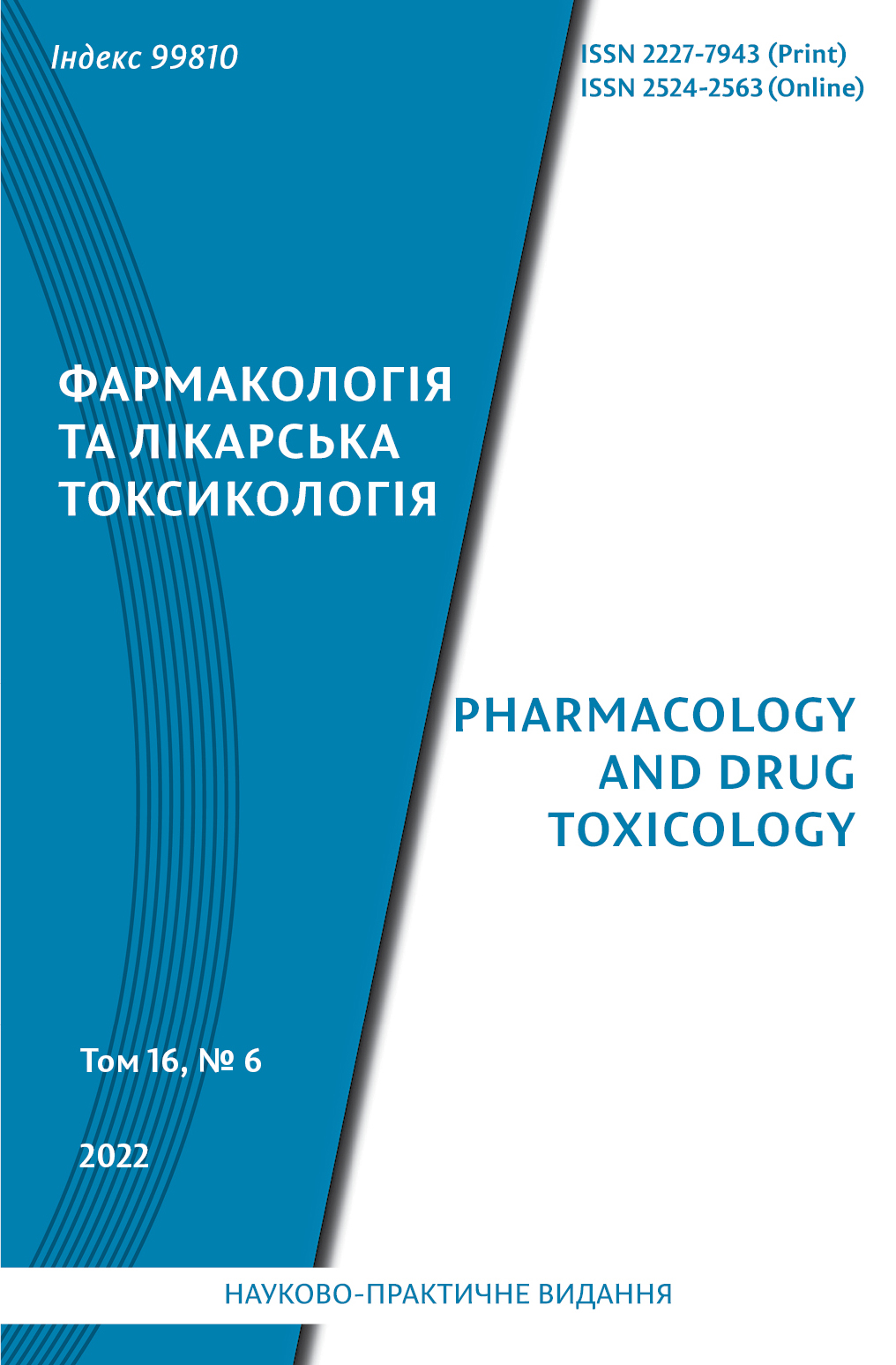Abstract
Among the activities that can improve the quality of treatment of the patients with pulmonary tuber-
culosis (TB), personification of chemotherapy is occupied an important place. It is known that cyto- chrome CYP2E1 is involved in the metabolism of numerous xenobiotics, presumably including anti- tuberculosis drugs.
The aim of this study was to investigate the significance of CYP2E1 polymorphism for the concentration of isoniazid and rifampicin in blood serum of the patients with pulmonary TB during anti-TB therapy.
For this purpose, the PCR was used for detection of CYP2E1 polymorphism in 90 patients with newly diagnosed pulmonary ТВ. At the beginning of treatment, the level of isoniazid and rifampicin in the blood was measured 2, 4, 6 and 24 h after the administration of anti-tuberculosis drugs.
It was established that among 90 tuberculosis patients, 80 (88.9 %) individuals had the *DD genotype, 8 (8.9 %) and 2 (2.2 %) individuals had the *CD and *CC genotypes correspondently. During 24 h after the isoniazid administration there were no significant differences in the concentration of isoniazid in the blood serum of individual with different CYP2E1 genotypes, although in carriers of the *DD genotype the isoniazid level was slightly lower than in carriers of the *CD, *CC genotypes. Approximately 17–18 h after the admin- istration, the isoniazid concentration dropped below the minimal therapeutic level (0.5 mсg/ml) in both groups. In general, 2 h after administration, in the carriers of *DD genotype the rifampicin concentration was 11.71 mg/kg and in the carriers of *CD, *CC genotype – 12.70 mсg/ml; 4 h after administration – 15.65 mсg/ml and 16.85 mсg/ml correspondently; after 6 h – 10.82 mсg/ml and 12.72 mсg/ml correspon- dently. At the same time in individuals with *DD genotypes, a rifampicin concentration 6 h after its admin- istration was 17.5 % lower than in patients with *CD, *CC genotypes (Р < 0.05; CI = -3.39...- 0.48). A day after rifampicin administration about 30 % of the patients who were carriers of genotypes *CD, *CC, and 71.3 % of the carriers of genotype *DD had a subtherapeutic concentration of rifampicin in the blood. Therefore, cases of subeffective concentration of rifampicin were observed 2.1 times less common in carriers of variant alleles than in patients with the *DD genotype (Р < 0.05; χ2 = 5.34 with a critical value of χ2 = 3.84).
Thus, the determination of the CYP2E1 genotype is an important predictor of the content of rifampicin in the blood serum, the effectiveness of treatment, the drug-induced liver-injury during the treatment of TB as well as the risk of acquired drug-resistance of M. tuberculosis.
